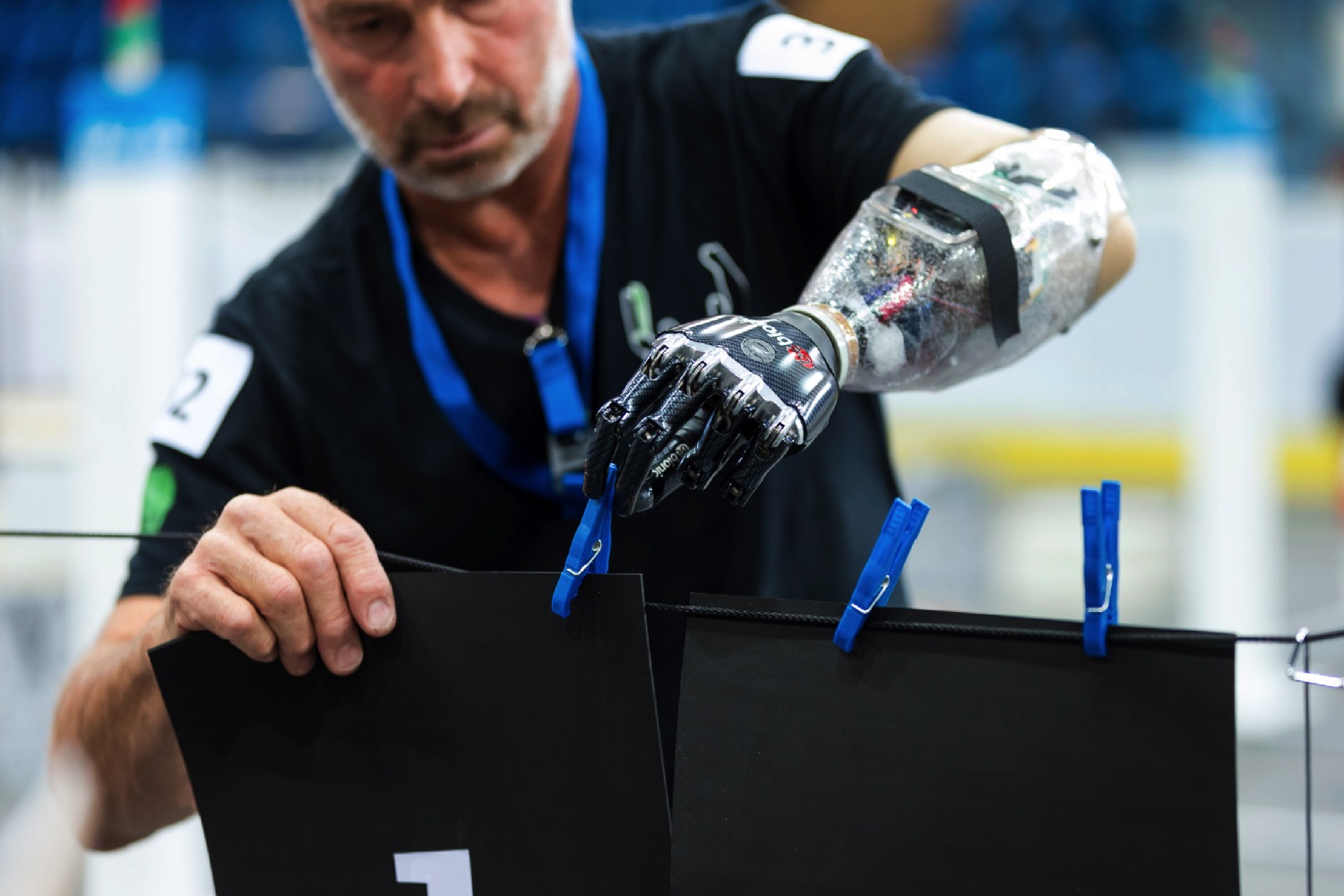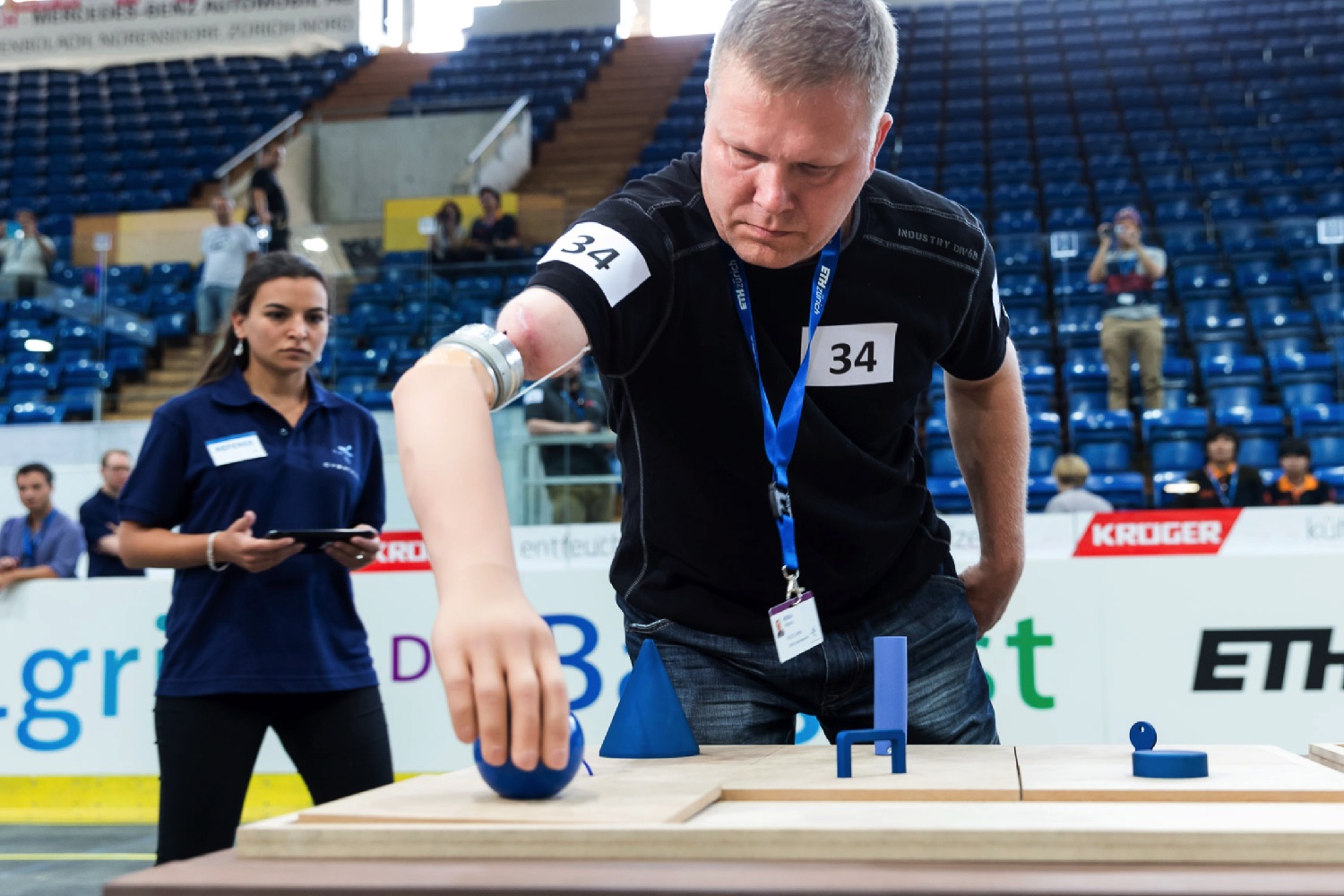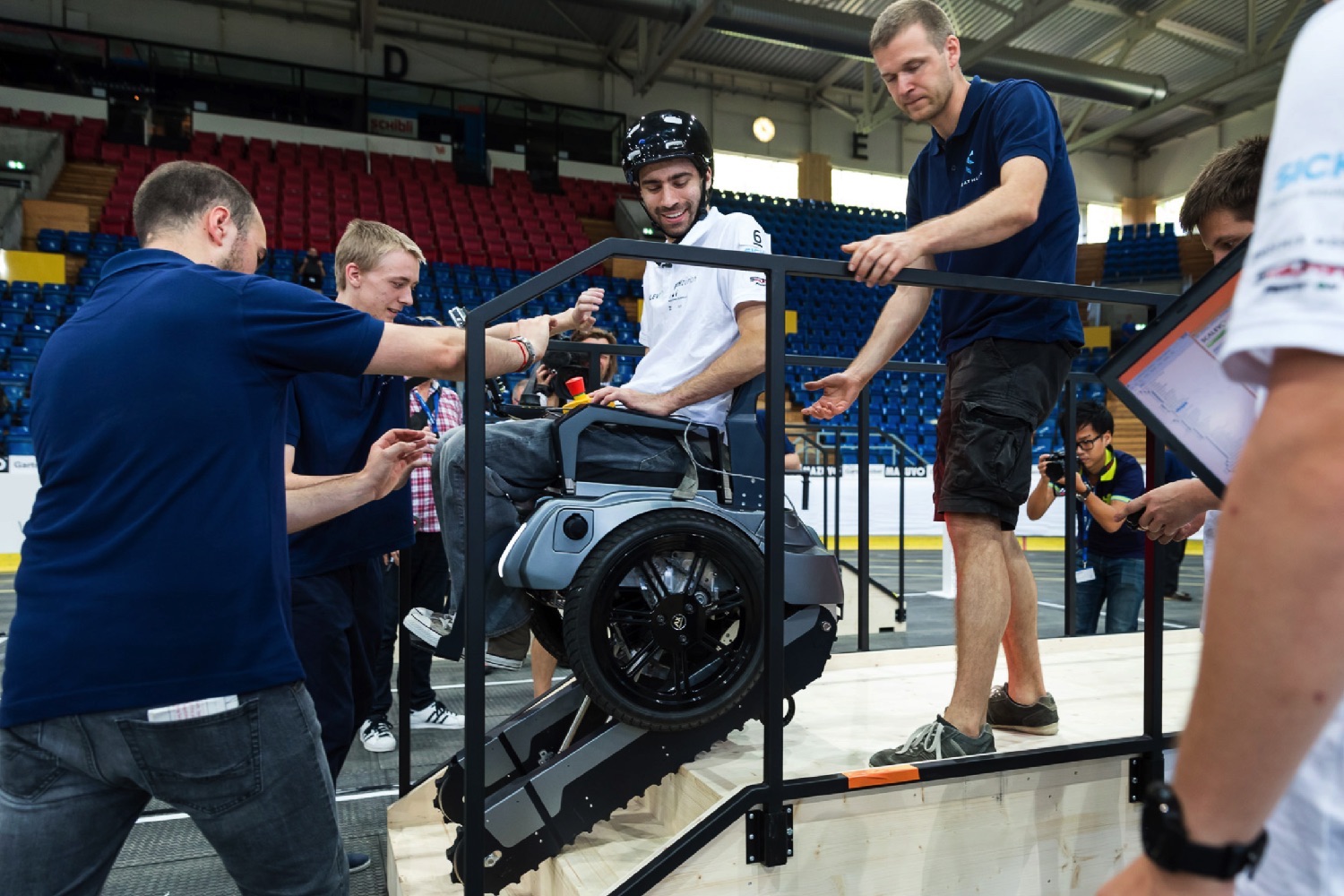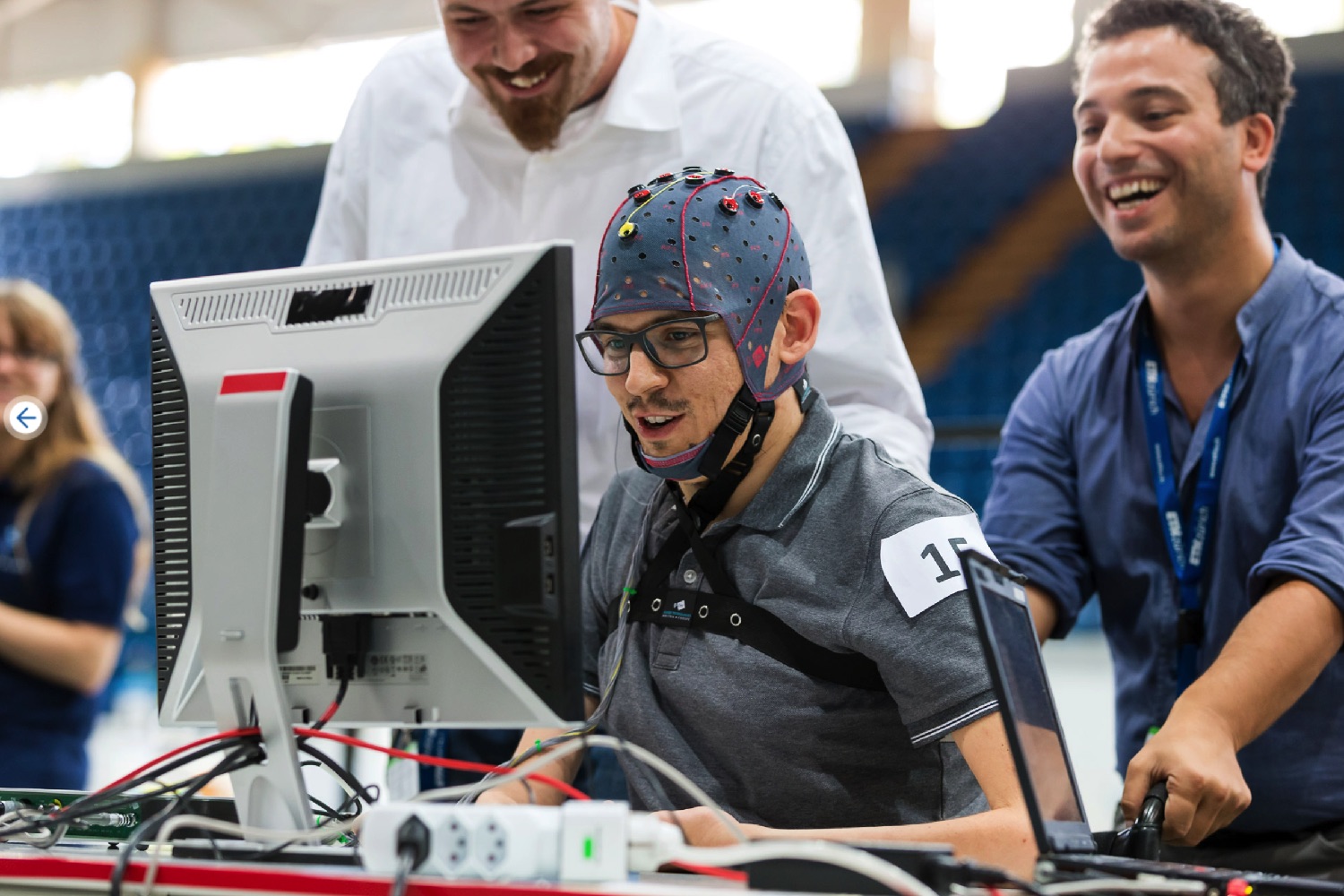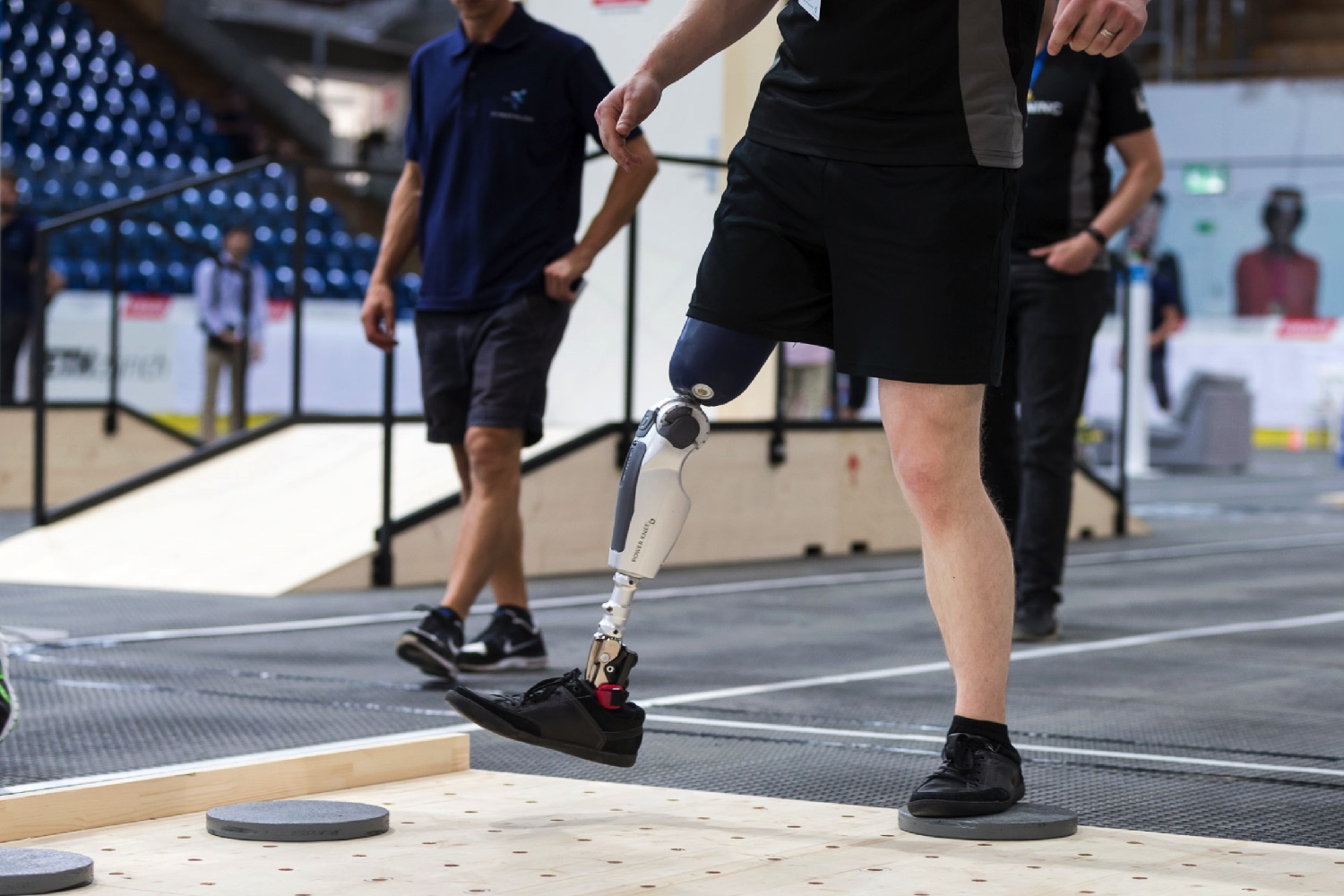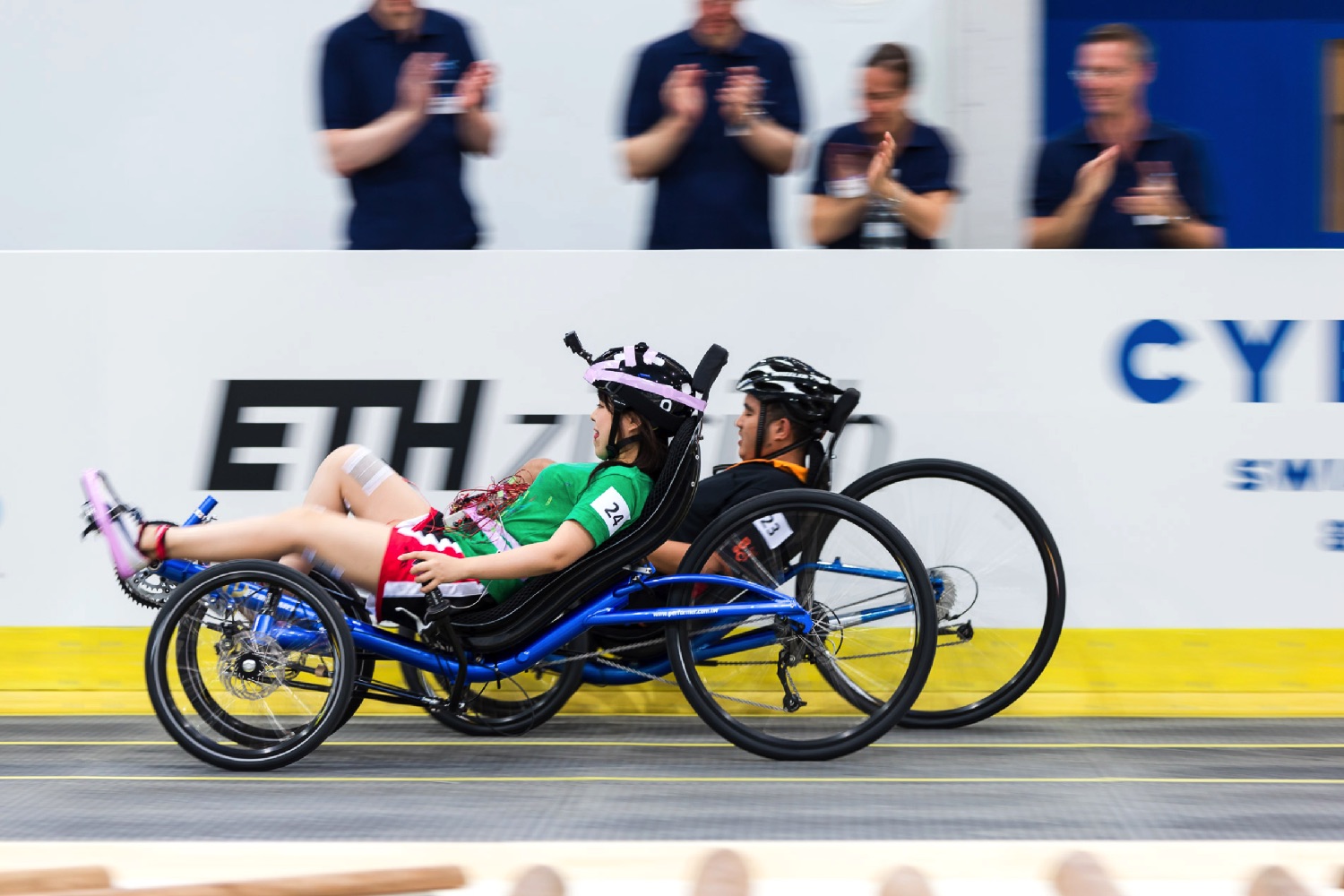The occasion is next week’s Zurich-based Cybathlon, the world’s first ever international sporting competition in which disabled athletes from 21 countries compete using bionic assistive technology.
There are six events in total at what can (unofficially) be best summed up as the bionic Olympics. These include a brain-computer interface race, which asks pilots to steer an avatar through a virtual reality obstacle course using their brain waves; a bike race based around functional electrical stimulation; powered arm and leg prosthesis races; a powered exoskeleton sprint; and powered wheelchair race.
In short, if you’ve ever admired the skill and training of top athletes, but thought it could do with a bit more input from top research labs, this is probably the sporting contest for you.
“It’s not an event just to show off technology, nor to show off pure human abilities,” organizer Robert Riener, head of the Department of Health Sciences and Technology at the Swiss Federal Institute of Technology in Zurich, told Digital Trends. “It’s designed to demonstrate the balance between technology and human users in order to help people perform daily challenges. The goal isn’t to develop cyborgs; the goal is to develop technology that will work together with humans.”
We wrote about the Cybathlon earlier this year. However, with little over a week to go until the one-day event on October 8, it all seems a lot less speculative and more real — including to Riener.
“We’re incredibly busy right now,” he continued. “There’s been so much interest from the media and the general public. Even now, we’re hearing from people who want to enter, although it’s too late to take extra people at this stage. It’s been really exciting to see it come together after we’ve been working toward it for so many years.”
The event is being live broadcast in German-speaking countries and streamed internationally over the internet. But while we’ll have to wait and see if it all goes according to plan, Riener is already looking to the future.
“There will have to be other events,” he said. “There is still so much to be done when it comes to questions of inclusion and developing technologies for people with motor disabilities. We want to do further international events, road shows, smaller national competitions, and more. We can’t stop here.”
